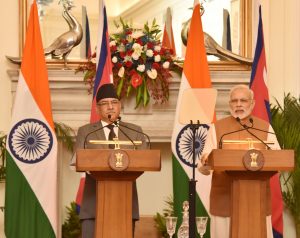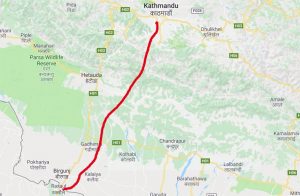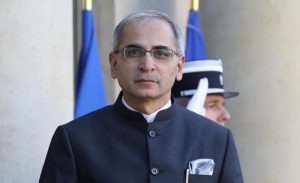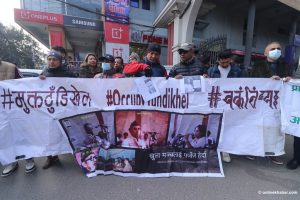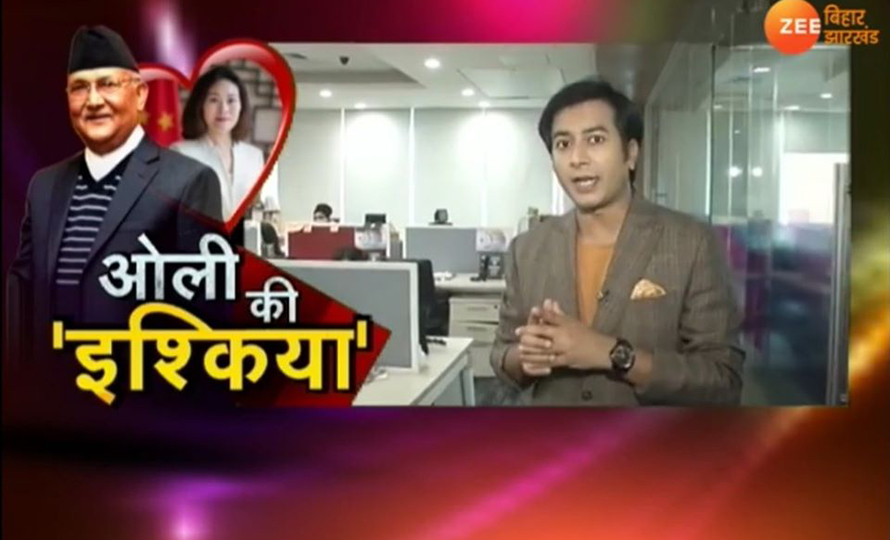
India and Nepal have historical ties, but these have been strained time and again with border disputes and India’s political interference in Nepal. After India inaugurated a road via Lipulekh, the tension between Nepal and India is rising. This has become a masala for Indian media to increase their target rating points (TRP).
Indian media, these days, are busy developing conspiracy theories on how China is plotting everything against India, taking Nepal as a means. Nepal not only has to fight for its land but with India’s media as well.
This is not the first time Nepalis have battled with the Indian media. In 2015, they faced a backlash in Nepal because of their insensitive and jingoistic reporting of Nepal’s earthquake. They were glorifying Indian support as the sole saviour and portraying stories of earthquake victims like Indian teleserials. Recently, Indian media have found another storyline in interpreting the people’s protests on Nepali streets against the government as Nepali youth against the government initiative regarding the new map of Nepal.
Over the past years, Indian media have become the ambassador of political power. In recent years, they have been characterised as Modi’s media since their corporate power shares close ties with government drivers. Hence, many civil society leaders in India have considered the media these days as the prime minister’s puppet; their role is to build fantasising stories and portraying Narendra Modi as the nation’s selfless warrior.
Any media which are sceptical of the government and especially Modi are tagged as anti-national by the patriotic Indian government. The ultra-nationalism and blind support for Modi’s publicity stunt are filled all across the Indian media.
Recently, the way Indian media have attacked actress Manisha Koirala regarding her reaction over border disputes as a betrayer of India. This shows how they make propaganda and forget setting agendas as the state’s fourth organ. Similarly, hosting talk shows with #ChinaUsesIndia as a theme reflects how responsible these media are in terms of credibility. There are even bigger jingoistic records of Indian media when India did surgical strikes over Pakistan. When the Indian army conducted a surgical strike in the Indo-Pak border, the mainstream media were busy narrating ultra-nationalist rhetoric. It was similar to how Bollywood cinemas portray Indo-Pak war in their movies with imaginary scripts and glorification.
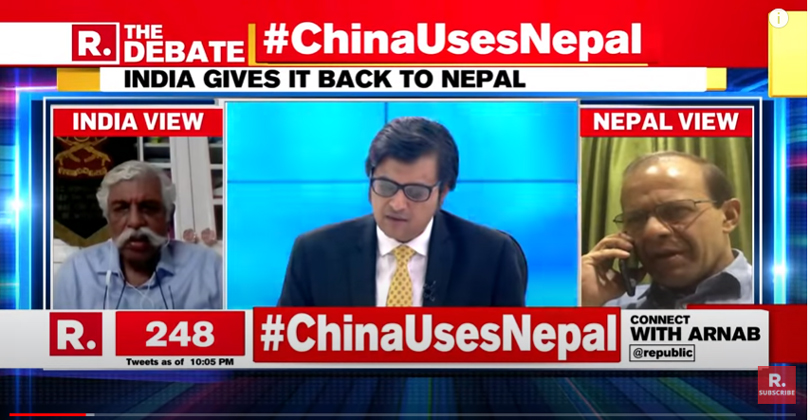
As reported in The New York Times, India’s media universe is vast, perhaps the biggest in the world: more than 17,000 newspapers, 100,000 magazines, 178 television news channels, and countless websites in dozens of languages. Similarly, Modi is backed up by an IT cell, a group of keyboard warriors who harass and threaten independent journalists, female journalists in particular, and rights activists. Rajdeep Sardesai, a senior journalist, said in an interview “A large section of the Indian media has become a lap dog, not a watchdog.”
When Modi came into power, he was very popular. Then, the media did support him for his election campaigns. Modi became a face that sells in the media. Control is not necessarily imposed so some media started praising Modi as their survival strategy and being protected from Modi’s army. In fact, praising Modi and his actions became survival strategies for many media houses in India.
Media in India are forgetting how Modi is losing his grip in South Asia and how diplomacy has gone worse in the last few years. When he was sworn in as the prime minister, he invited leaders from neighbours; he was trying to be a regional leader representing South Asia. However, his relations of the neighbours have been devastating recently and Indian media are silent over it. Rather, they go with the government line and encourage the government to be more controlling than ever. They are not seeing the failing diplomacy, border disputes, and South Asian representation. Rather, they are busy fuelling hatred against neighbours.
Indian Media should stop narrating and building conspiracy theories. They should first start treating the neighbouring countries as sovereign countries; then, everything will start getting better. They should not bully other countries as India’s colonies. They should report on border disputes but not target people who have religious and cultural ties with each other. They should be sensitive since such populist and biased arguments can lead to colder relations between the two countries.
The only solution to the border dispute is a dialogue between Nepal and India at diplomatic and political levels. If this does not get resolved, another option could be approaching the International Court and get a verdict. This has to be a line of independent media.
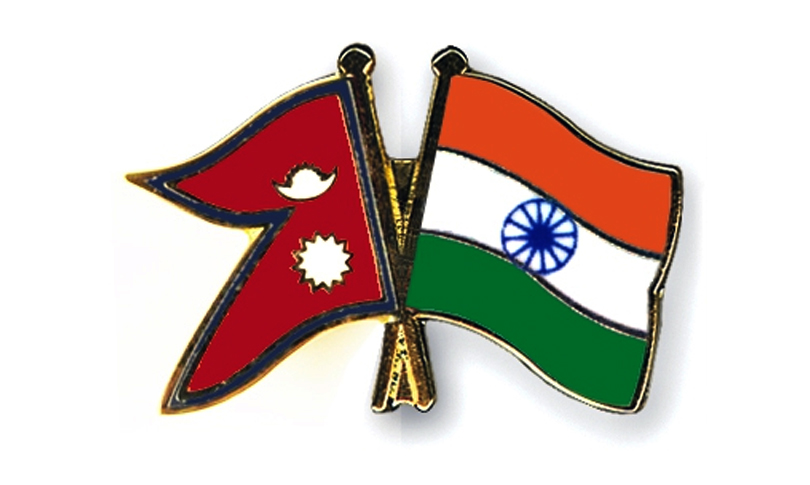
Media in Nepal and India Should be rational in their arguments and put pressure on their leaders towards rationality. People’s sentiments should not be misinterpreted as extremism. The media must be watchdogs, mediators between the state and the public.
While Indian media are praising the Modi government and being more state-controlled, they are slowly losing their grip as a free and independent press. India ranks 142 out of 180 countries for press freedom, behind Afghanistan and South Sudan, according to the 2020 World Press Freedom Index published by Reporters Without Borders. India’s press freedom status decreased when it did not allow international media to do reporting in Kashmir; there were more restrictions in 2019 than in previous years. Why are they not speaking a word for such issues and still praising a state which is trying to dictate media in favour of one person?
The Indian media should unite people and hold their government accountable with fearless and neutral journalism. Their false claims and masalas on border dispute and imaginary romantic story of Nepal’s prime minister and the Chinese ambassador may disturb more people than entertain them. Ultra-nationalist sentiments may increase their TRP but decrease their credibility. In the age of digital world where information is power, India media should act as a responsible fourth organ, not like a cadre of Modi’s Bharatiya Janata Party.
Gautam is a politics enthusiast, associated with Shodh, a research organisation in Kathmandu.





